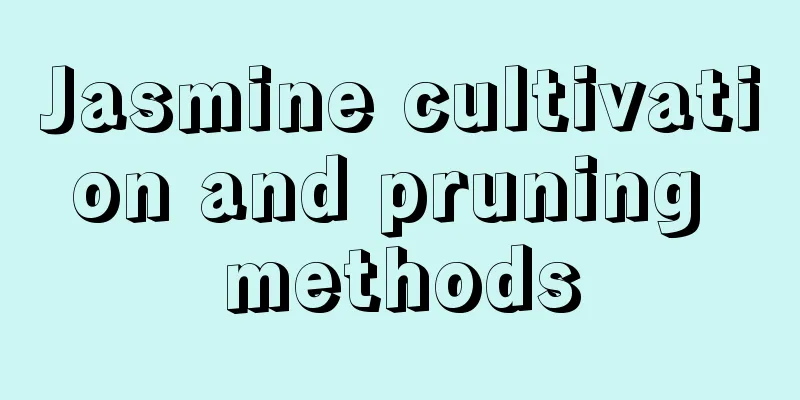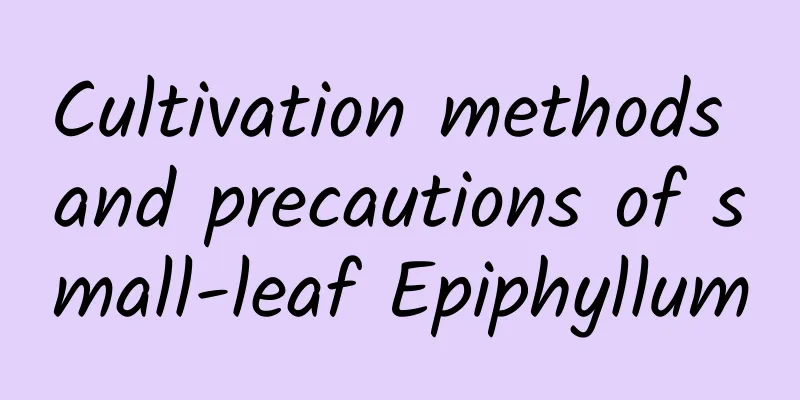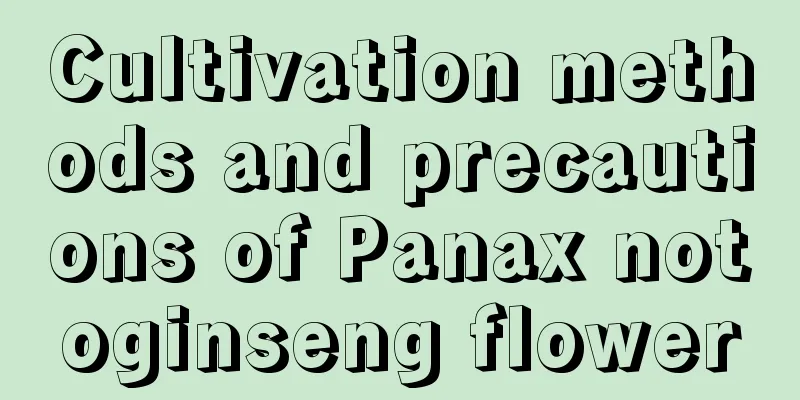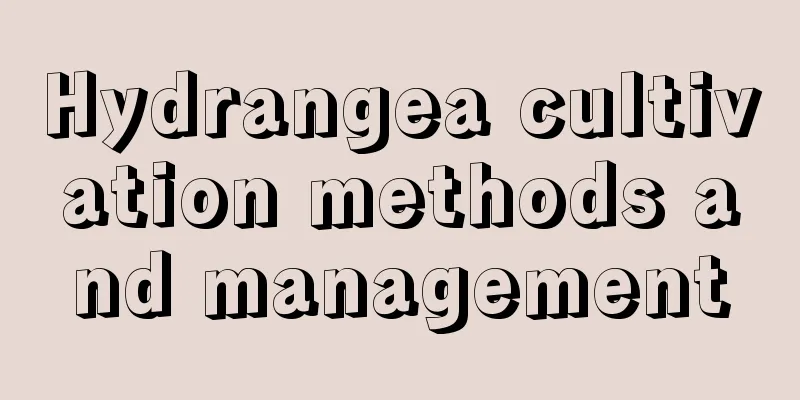Cultivation methods and precautions of Artemisia argyi
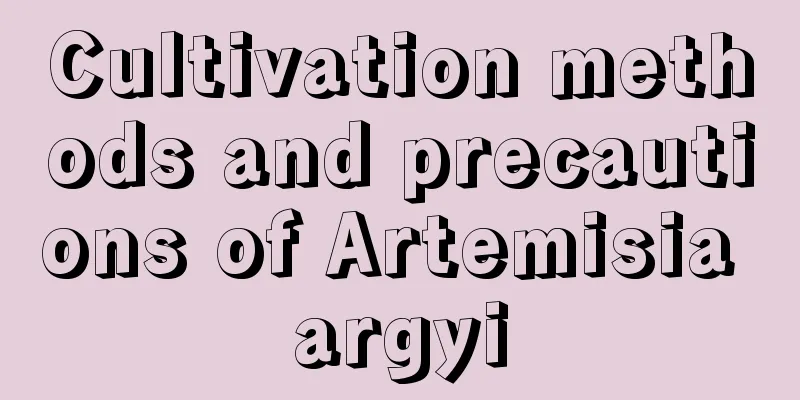
1. Maintenance methods1. Temperature: It is relatively drought-resistant, but when the maintenance temperature is higher than fifteen degrees, the growth state of the plant is obviously much better than that of the plant grown in a low temperature environment. When the temperature is lower than ten degrees, the growth of the plant will be affected. When the temperature is lower than zero degrees, the plant will be frostbitten. In severe cases, it will be frozen to death. 2. Watering: Areas with annual rainfall as low as 1500 ml need to be watered. The frequency of watering is once a week, and each time watering should be done until the water flows out. If the plant grows in a dry place for a long time, it is prone to developmental problems. 3. Fertilization: It is relatively resistant to barrenness and does not consume that much nutrients, but it is still necessary to supplement nutrients during the growing period to promote growth and increase yield. During the seedling stage, compound fertilizer needs to be used once to promote all aspects of plant growth. During the growth period, thin fertilizer needs to be applied once a month to supplement nutrition and enhance resistance. 4. Light: Its growth cannot be separated from light, and it has a relatively large demand for light. The daily light exposure time is at least five hours. 2. Breeding techniques1. Reproduction: Seed propagation can be used to propagate it. The sowing time is between February and March every year. Dig trenches on the soil to be planted, mix the seeds with fine sand in a ratio of 1:2, then sprinkle them into the trenches, cover with a thin layer of soil, and water them sufficiently. The seeds will germinate in about a week to ten days. 2. Intertillage: After successful transplanting, intertillage is required. During intertillage, the soil should be loosened to avoid soil compaction, which will affect plant respiration and hinder growth. 3. Problem Diagnosis1. Pests: The main pests are cutworms, aphids and other pests, which will harm the leaves of the plants. You can use DDT and malathion emulsion for spraying and treatment. 2. Disease: The main disease of the plant is root rot, which will cause the root system of the plant to rot, causing the plant to wither and die. Normally, you need to manage its water well to avoid waterlogging in the soil. When the disease occurs, you can use Benomyl to irrigate the roots. IV. Other issues1. Edibility: It cannot be used, but can be used as medicine. 2. Other uses: In addition to being used as medicine, it can also be processed into feed for herbivorous livestock. |
<<: The cultivation methods and precautions of Smilax china
>>: Cultivation methods and precautions of white sedge
Recommend
How to Make Ranunculus Bloom Faster
1. Transplant at the right time When it has 3 to ...
The value of passion fruit
The ornamental value of passion fruit Passionflow...
How many kilograms of sweet potatoes can be produced per acre?
Sweet potato yield per mu Sweet potatoes are also...
What are the cultivation methods and precautions of longevity chrysanthemum
How to grow chrysanthemum Kalanchoe, also known a...
The cultivation experience of succulent experts, don't let succulents be sacrificed in vain
Dormancy or "death"? Often, novice succ...
When is the best time to prune plum trees? How to cut?
Plum trees are fruit trees planted in many areas....
How to grow woody crabapple
1. Lighting Woody Begonia is a sun-loving flower,...
What kind of water and fertilizer should be used for hydroponic cultivation of green radish? What season is suitable for hydroponic cultivation?
1. What water to use When conducting hydroponics,...
Differences between Rain Tree and Albizia Julibrissin
1. Difference of blades The rain tree has 3-8 pai...
How to water African jasmine
Growth characteristics of African jasmine: Africa...
How to fertilize Cineraria
Fertilization during the growing season Fertilize...
Can daffodils be cultivated in soil? How to cultivate daffodils in soil
1. Can it be grown in soil? Daffodils are very co...
The efficacy and function of August melon
1. Nutritional supplement The wax gourd is a frui...
How to grow saffron on the balcony, what should you pay attention to
1. Maintenance methods 1. Light: Saffron is a pla...
How to divide the yellow crane orchid
Time for division propagation It is generally sui...


